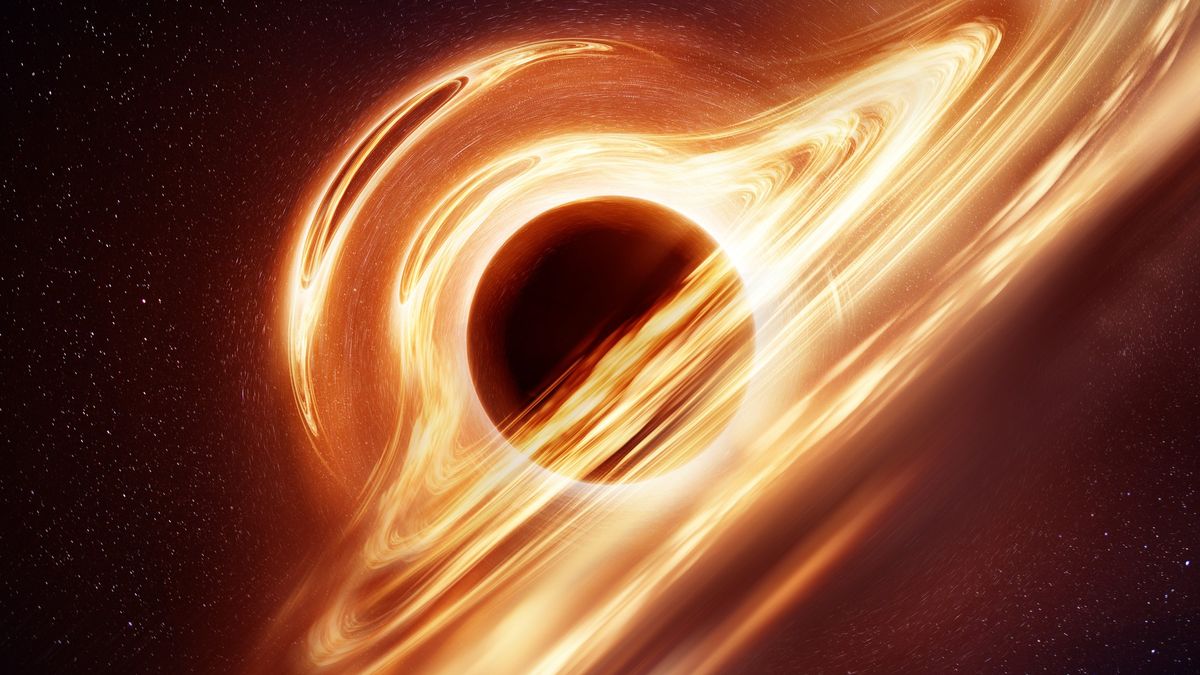
In 1974, Stephen Hawking predicted that the extreme gravitational force felt at the mouths of black holes — their event horizons — would summon photons into existence in this way.
Secondly, the number of Hawking photons springing into existence around black holes is thought to be tiny; and in most cases would be drowned out by other light-producing effects, such as the high-energy X-rays spat out from matter swirling around the black hole's precipice.
In the absence of a real black hole, physicists have begun looking for Hawking radiation in experiments that simulate their extreme conditions.Now, another atom-chain experiment has achieved a similar feat, this time by tuning the ease at which electrons can hop from one atom to the next in the line, creating a synthetic version of a black hole's space-time warping event horizon.After tuning this chain so that part of it fell over the simulated event horizon, the researchers recorded a spike in temperature in the chain — a result which mimicked the infrared radiation produced around black holes.
The finding suggests that Hawking radiation could emerge as an effect of quantum entanglement between particles positioned on either side of an event horizon.
Interestingly, the effect only emerged when the amplitude of the hops transitioned from a few set configurations of flat space-time to a warped one — suggesting that Hawking radiation requires a change in specific energy configurations of space-time to be produced.As the powerful gravity distortions produced by the black hole are absent from the model, what this means for a theory of quantum gravity and for potential naturally-produced real Hawking radiation is unclear, but it nonetheless offers a tantalizing glimpse at previously unexplored physics.